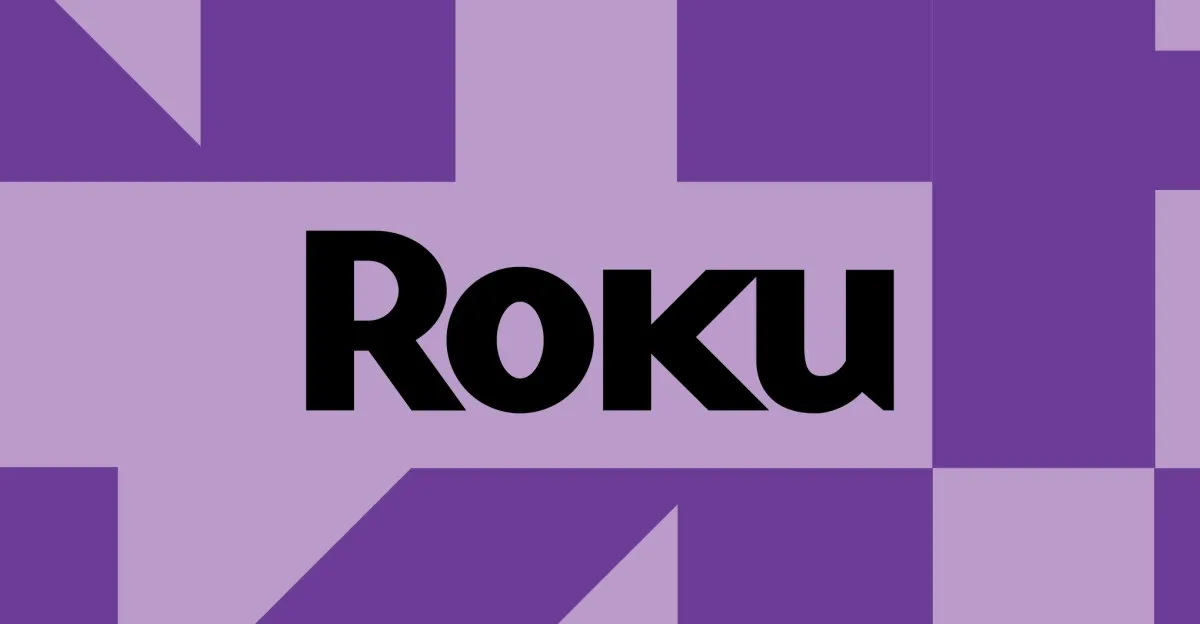
Over the weekend, many Roku device owners encountered an unwelcome surprise: a trailer for Moana 2 began playing automatically before they could access the Roku homescreen. This new advertising method has drawn significant attention, as highlighted by a report from Ars Technica and numerous threads on Reddit. The general sentiment among users is overwhelmingly negative, raising concerns about Roku's approach to advertising.
As many consumers expressed their frustration, it became clear that they are not pleased with having to watch a video ad just to use their device. One Redditor remarked, “I’ll take the banner ads, but I’ll be damned if I’m gonna put up with a video loading when loading up my Roku.” Another user shared their disappointment on Roku’s community forum, stating, “Just turned on my TV to see a video open on the homescreen and play some trailer? I hope this was a fluke.” Such responses indicate a growing dissatisfaction among Roku users regarding the balance of content and advertisements on their devices.
It's essential to note that Roku's revenue model heavily relies on advertising, as opposed to merely selling budget-friendly streaming hardware. This shift in advertising strategy mirrors the path taken by other tech giants like Amazon, which also faced backlash for pushing advertisements too aggressively. Roku founder and CEO Anthony Wood discussed the challenge of evolving advertisement presentation without compromising the “iconic” nature of the Roku homescreen during the company’s latest earnings call. He stated, “Our strategy of making better use of our homescreen is not just about putting a marquee video ad on the homescreen.”
Wood emphasized the company's commitment to enhancing monetization while also prioritizing customer satisfaction. He reassured users by saying, “We have a very iconic homescreen, consumers love it. We have no intention of breaking it.” Despite these reassurances, the recent introduction of video ads has caused concern among users who feel these changes may detract from their overall experience.
Roku has been experimenting with advertising since last year, moving beyond static homescreen ads. The company has even considered inserting ad overlays for external HDMI devices, potentially expanding its advertising reach beyond its own players. In a statement to Ars Technica, Roku maintained that they are committed to continuous testing and innovation, stating, “We have and will always require continuous testing and innovation across design, navigation, content, and our first-rate advertising products.”
Many users have expressed that the introduction of the Moana trailer ad is anything but delightful. This sentiment echoes a broader issue faced by tech companies, as they navigate the fine line between monetization and user experience. As companies like Amazon, Google, and Roku continue to explore how far customers will go to tolerate ads in exchange for affordable streaming devices, the backlash from users suggests they may be pushing the limits too far.
For those looking to avoid intrusive ads, users have a few options: they can either ignore the ads, consider switching to other products like the Apple TV 4K, or utilize third-party tools that aim to circumvent advertising. However, caution is advised as some Roku customers suspect that the company might be finding ways to undermine these solutions, such as Pi-hole, which is designed to block unwanted ads.
In conclusion, as Roku ventures deeper into the world of advertising, it will be crucial for the company to listen to its customers and find a balance that maintains both revenue and user satisfaction. The recent response from users serves as a critical reminder of the potential backlash that can arise from aggressive advertising strategies.